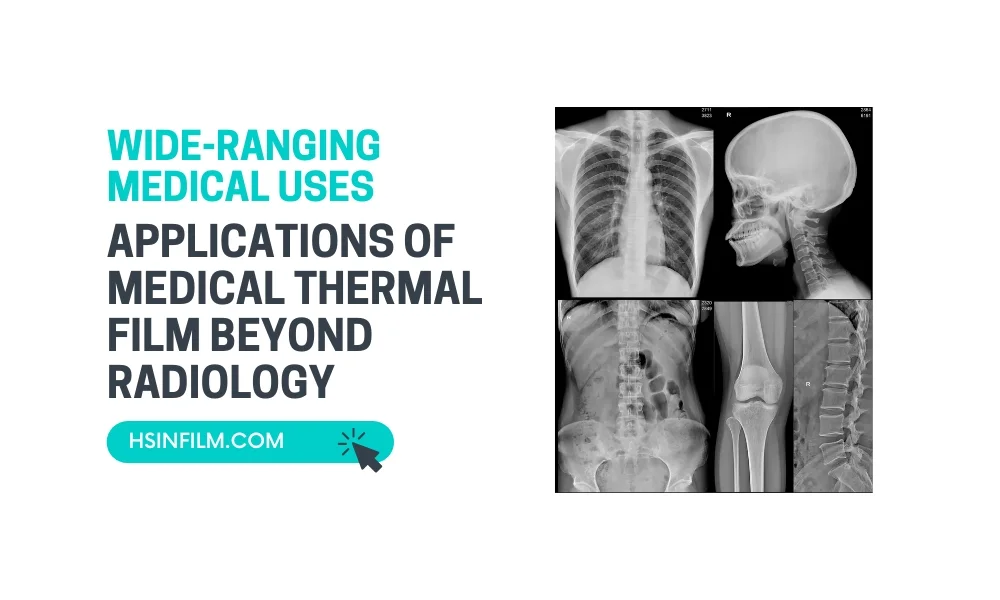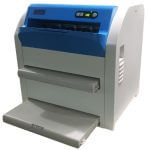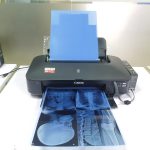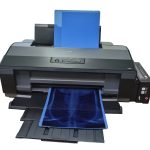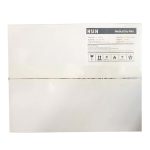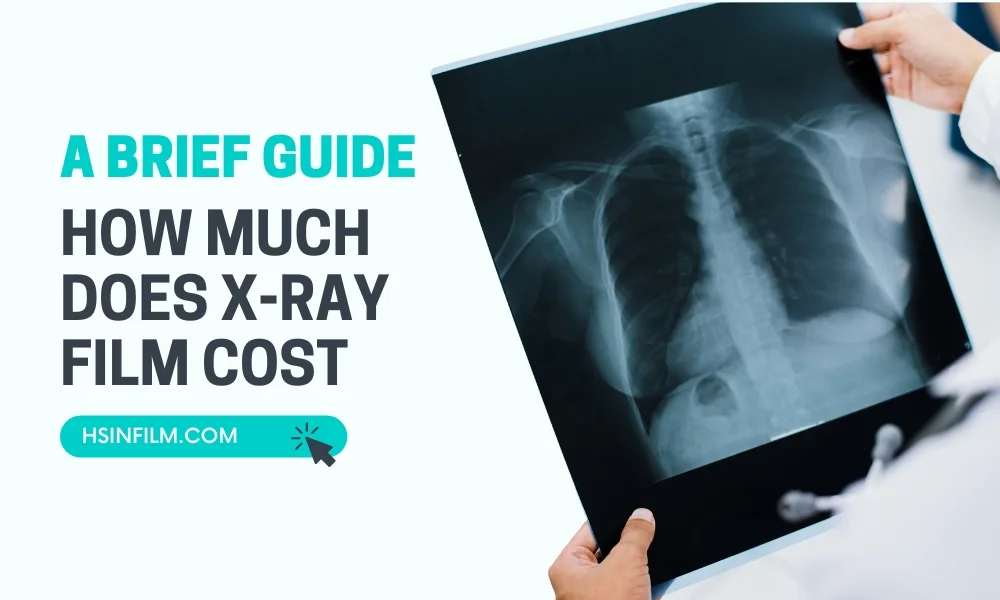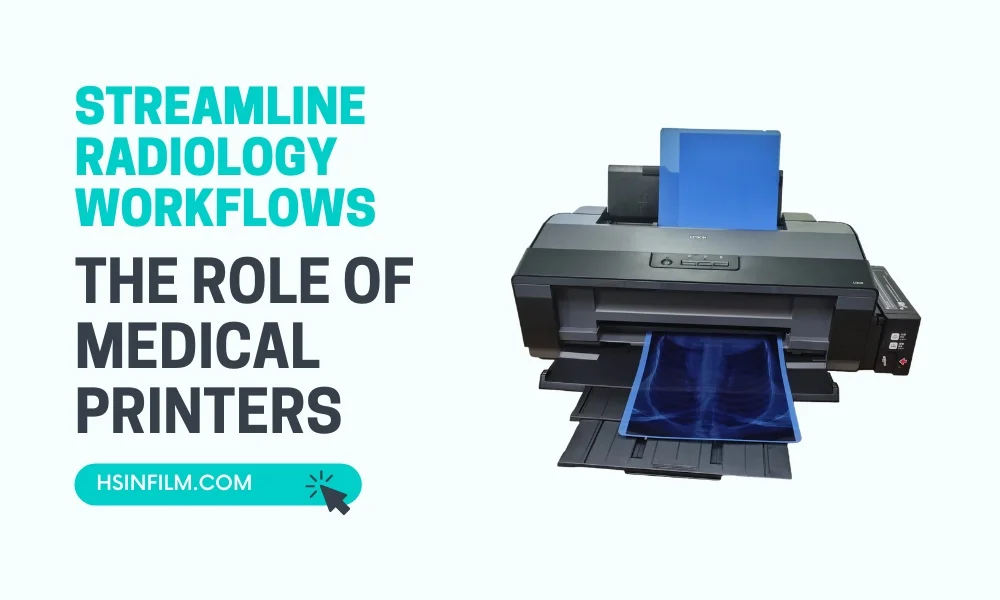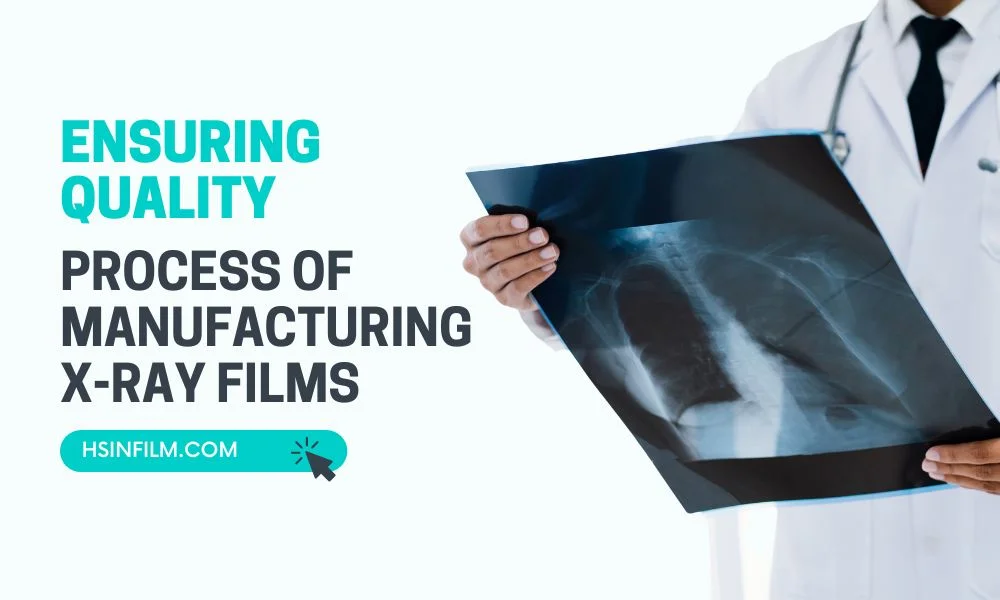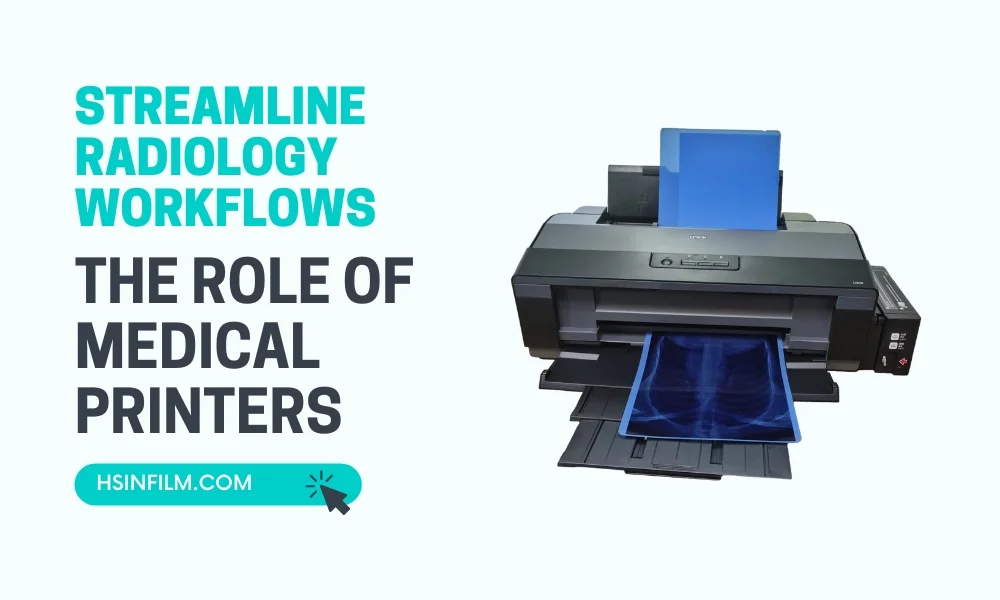Medical thermal film is often associated with radiology, but its applications extend far beyond X-rays and imaging. This versatile technology plays a vital role across multiple medical fields, supporting accurate diagnostics, detailed record-keeping, and even surgical planning. In this post, we’ll explore the applications of medical thermal film in healthcare, highlighting how it enhances patient care across various specialties.
Table of Contents: Applications of Medical Thermal Film
Understanding Medical Thermal Film
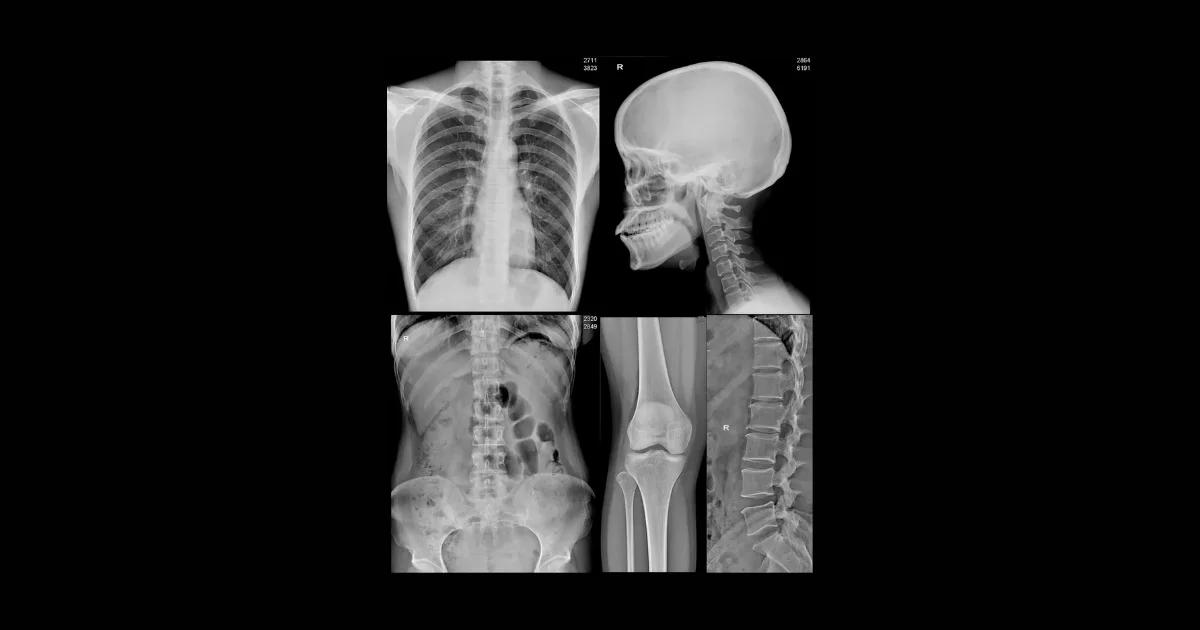
Medical thermal film works by using heat-sensitive materials to produce high-resolution images. Unlike traditional film that requires chemical processing, thermal film prints instantly when exposed to heat, making the process faster, cleaner, and more efficient.
- Key Benefits:
- High-Resolution Imaging
- Durability and Longevity
- Immediate Processing
- Cost-Effective for Bulk Printing
Check our product HSIN Medical Thermal Film
Beyond Radiology: Expanding Applications
While radiology remains a primary user of thermal film, its applications are growing in other areas of healthcare. Let’s look at how medical thermal film is transforming different medical fields.
1. Ultrasound Imaging
- Fetal Monitoring: Obstetricians frequently use thermal film to print ultrasound images for monitoring fetal development.
- Organ Scans: Thermal film provides clear and detailed prints of abdominal, cardiac, and vascular ultrasounds.
- Patient Records: Printed images offer patients tangible records of their scans.
2. Surgical Planning and Documentation
- Pre-Operative Imaging: Surgeons use thermal film to print images of CT scans, MRIs, and 3D renderings to map out surgeries.
- Post-Surgery Reports: Printed images are included in post-surgical documentation, ensuring a comprehensive patient record.
3. Cardiology
- Echocardiograms: Cardiac ultrasound images are printed for further review and collaboration.
- Angiograms: Thermal film is used to print detailed images of blood vessels, helping to guide treatment for cardiovascular diseases.
Laboratory and Pathology Uses
Medical thermal film also plays an important role in laboratories and pathology departments.
4. Microscopic Imaging
- Histology and Cytology: Pathologists print high-resolution microscopic images of tissue samples for analysis.
- Disease Diagnosis: These prints are used in diagnosing cancer, infections, and genetic conditions.
5. Test Results and Lab Reports
- Printed Graphs and Charts: Thermal film is used to print out graphs from blood tests, biopsies, and other lab reports, making data easier to interpret.
Dental Applications
Thermal film is widely used in dental practices for both diagnostics and treatment planning.
6. Intraoral and Panoramic X-Rays
- Tooth and Jaw Imaging: Dentists use thermal film to print images of teeth, jaw alignment, and dental structures.
- Orthodontic Planning: Printed images support braces, aligners, and other dental treatments.
7. Implant and Surgery Planning
- Bone Density Analysis: Thermal film provides detailed images to assess bone structure before implants or surgical procedures.
Ophthalmology
Eye specialists utilize thermal film for capturing detailed eye scans.
8. Retinal Imaging
- OCT (Optical Coherence Tomography): Thermal film prints detailed images of the retina for diagnosing and managing eye diseases such as glaucoma and macular degeneration.
9. Corneal Topography
- Mapping Corneal Surfaces: This technology is used to create precise maps of the cornea, aiding in laser eye surgery and corrective lenses.
Veterinary Medicine
Even veterinary practices benefit from medical thermal film, applying it in animal diagnostics and treatment.
10. Diagnostic Imaging
- X-Rays and Ultrasounds: Veterinarians use thermal film to print diagnostic images for surgeries and general care.
- Orthopedic Scans: Animal bone and joint issues are assessed through thermal imaging prints.
Emergency and Portable Imaging
Medical thermal film also shines in emergency and remote medical settings.
11. Field Medicine
- Portable Ultrasounds: In emergency or disaster scenarios, portable imaging devices with thermal printers provide immediate diagnostic images.
- Military Medicine: Thermal film is used for on-the-go imaging in military field hospitals.
Advancing Medical Training and Education
Thermal film contributes to training future medical professionals by producing high-quality images for educational purposes.
12. Training Simulations
- Medical Students and Trainees: Thermal film prints are used in classrooms and simulation labs to demonstrate cases and procedures.
- Reference Materials: High-resolution prints become part of educational libraries for future reference.
Benefits of Thermal Film in Non-Traditional Applications
The adaptability of medical thermal film offers unique advantages for medical professionals.
- Durability: Resistant to fading, thermal film preserves records for years.
- Cost-Efficiency: Reduces costs compared to ink-based imaging systems.
- Portability: Lightweight and easy to transport for fieldwork and mobile clinics.
Conclusion
Medical thermal film is revolutionizing healthcare far beyond the radiology department. From ultrasound imaging to surgical planning and pathology, this versatile technology is reshaping the way medical professionals capture, store, and analyze diagnostic data. As technology advances, the applications of thermal film will continue to expand, further enhancing patient care across multiple specialties.
Frequently Asked Questions
Is medical thermal imaging safe?
Absolutely! It’s non-invasive and doesn’t employ radiation.
How accurate is thermal imaging in detecting diseases?
While highly informative, it’s often used in conjunction with other diagnostic tools.
What’s the difference between thermal imaging and traditional imaging techniques?
Traditional imaging captures structures; thermal imaging captures heat patterns indicating physiological activities.
Note: Always remember to consult with medical professionals regarding any health concerns or conditions.
